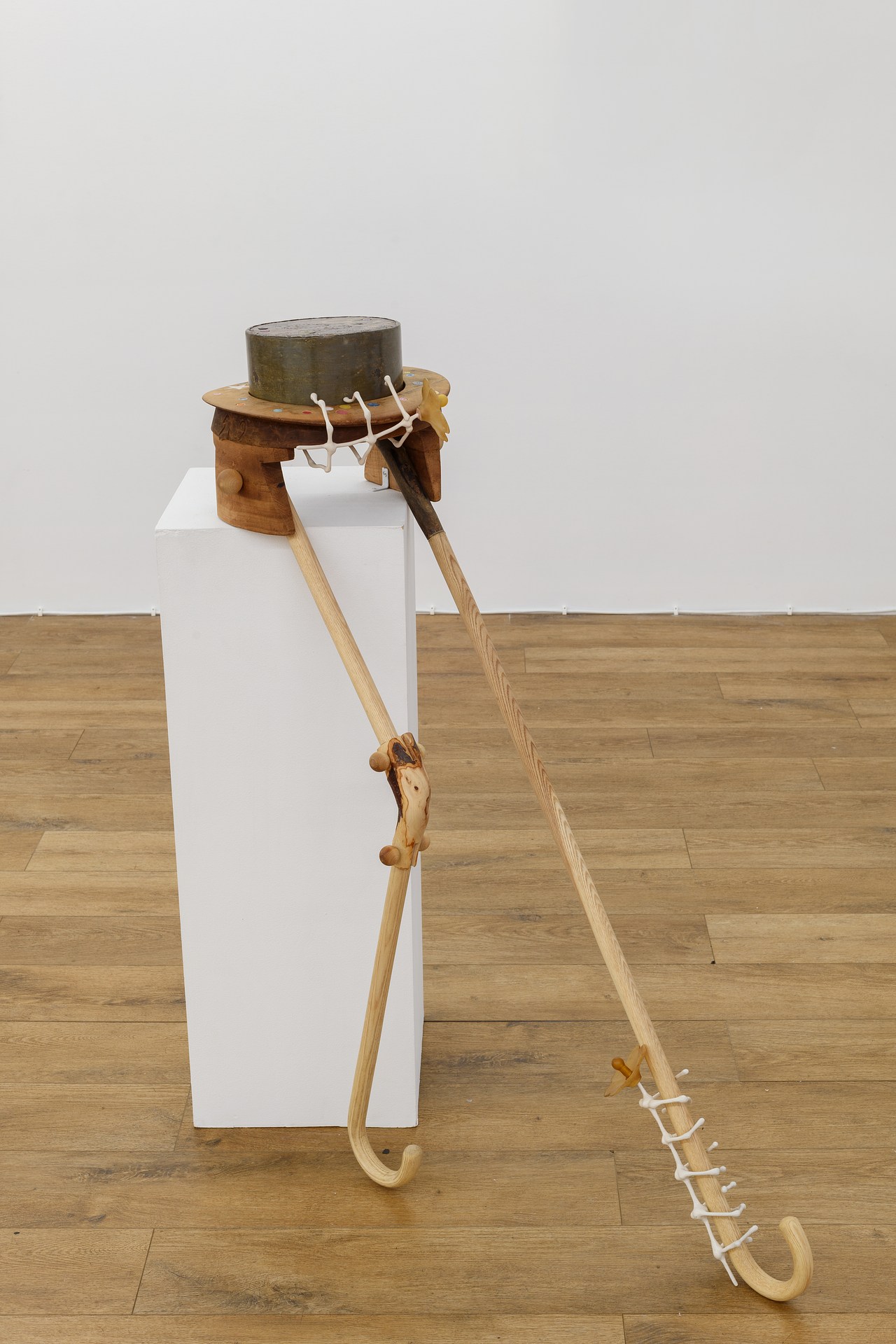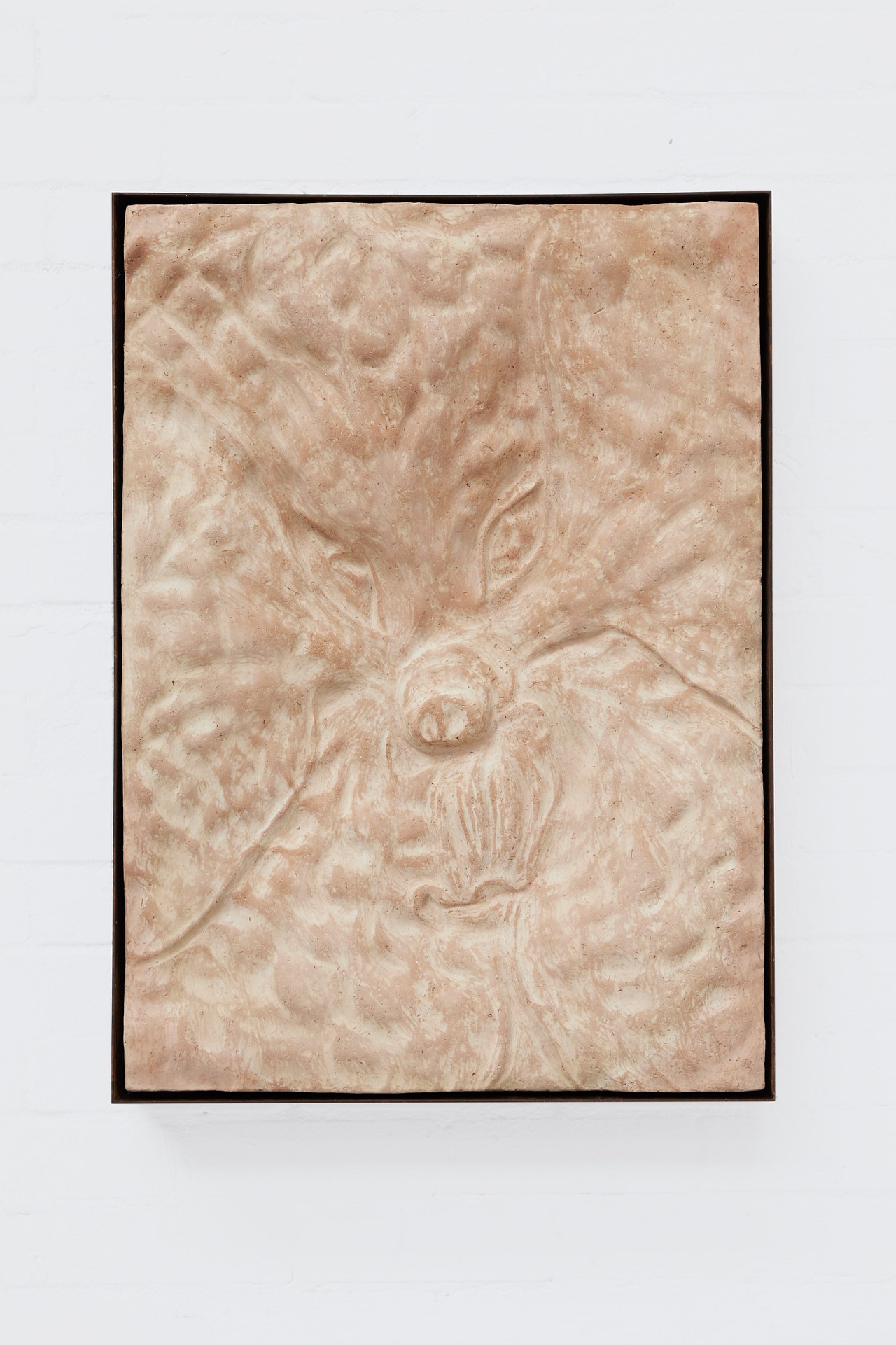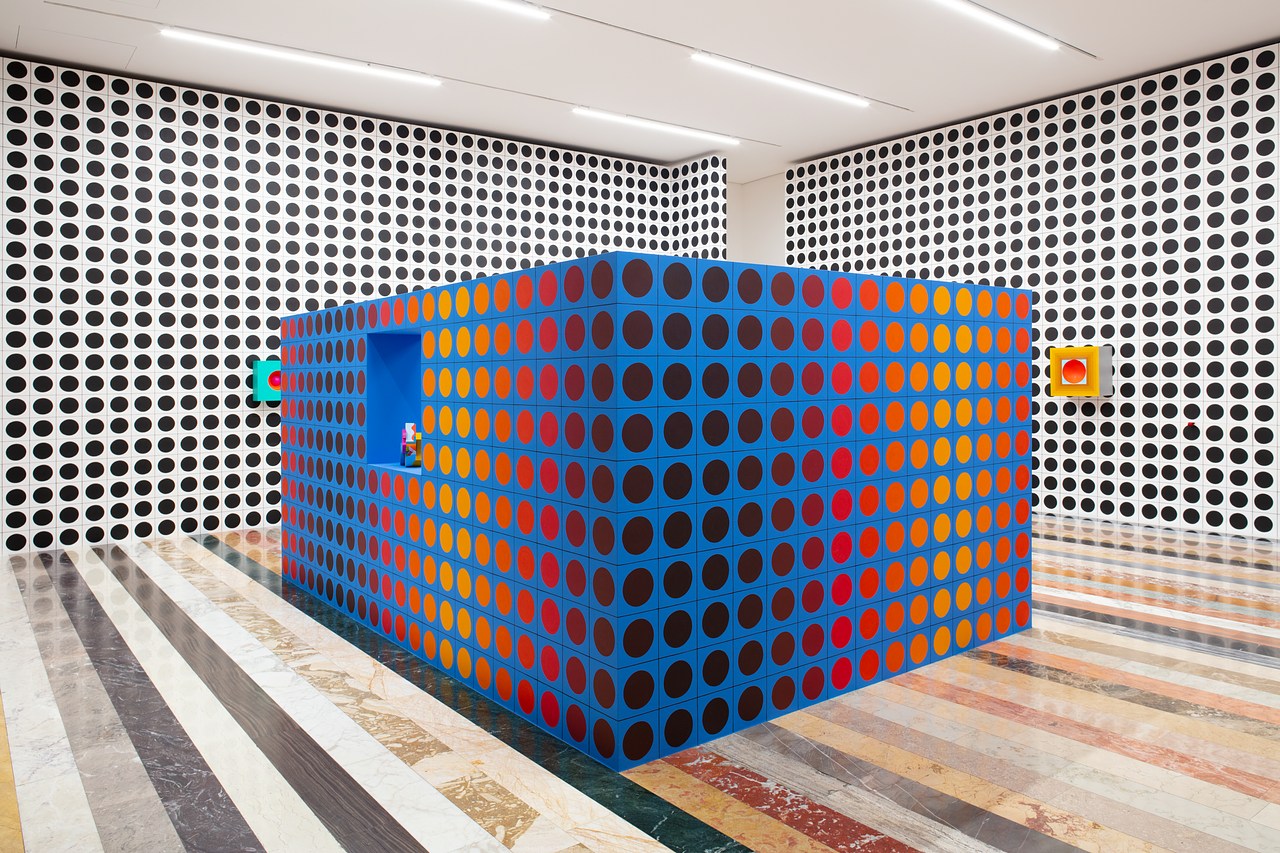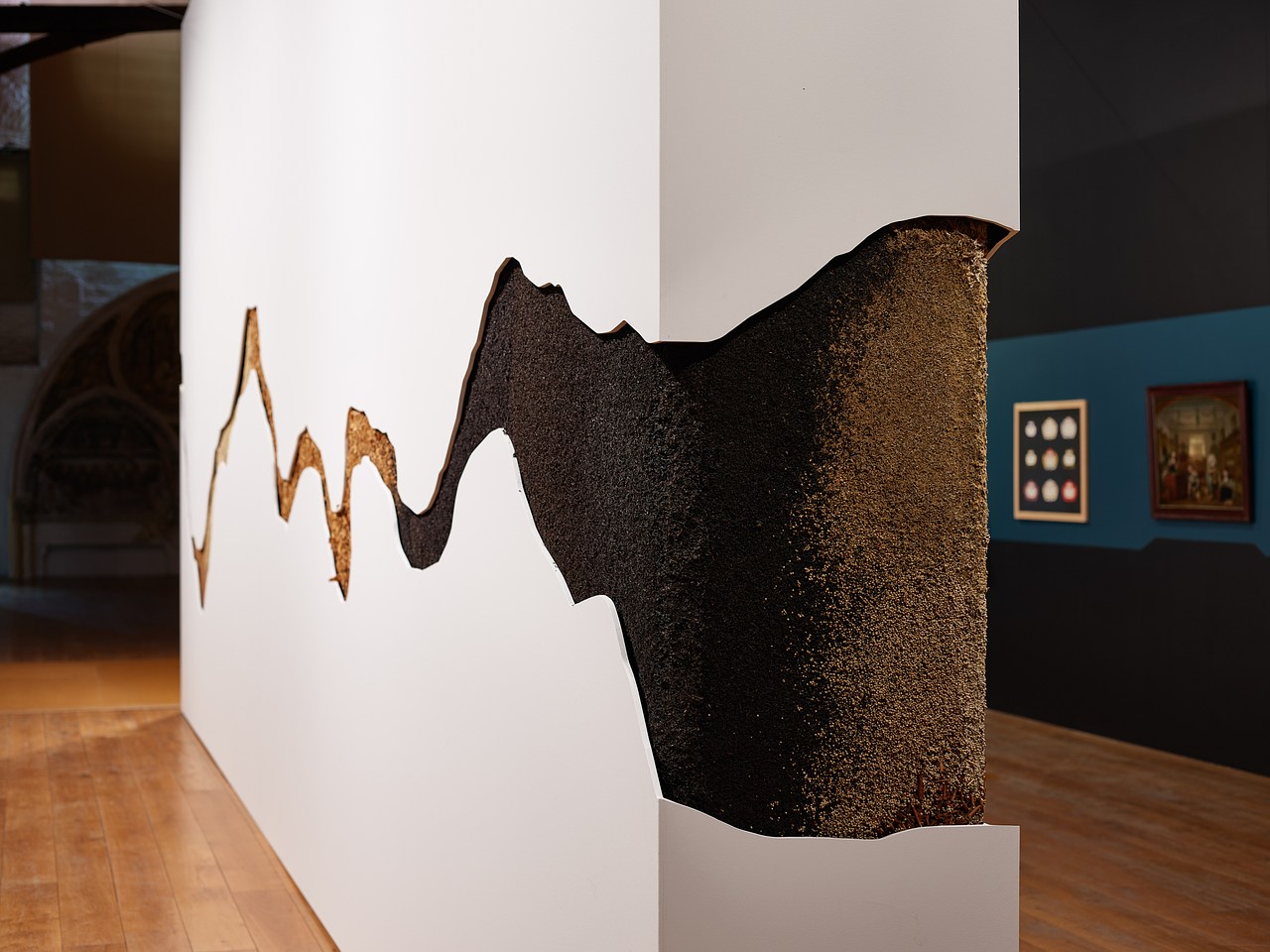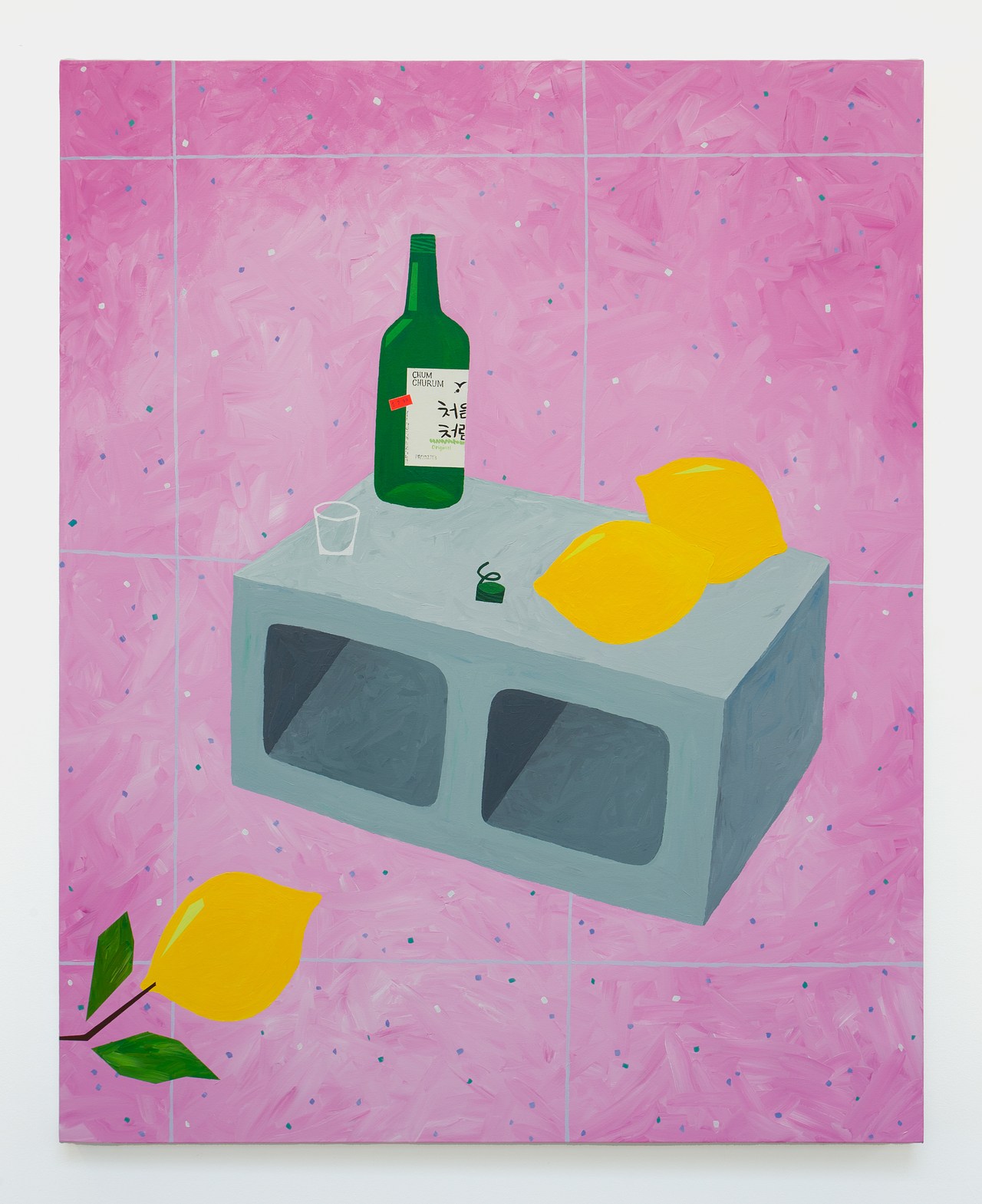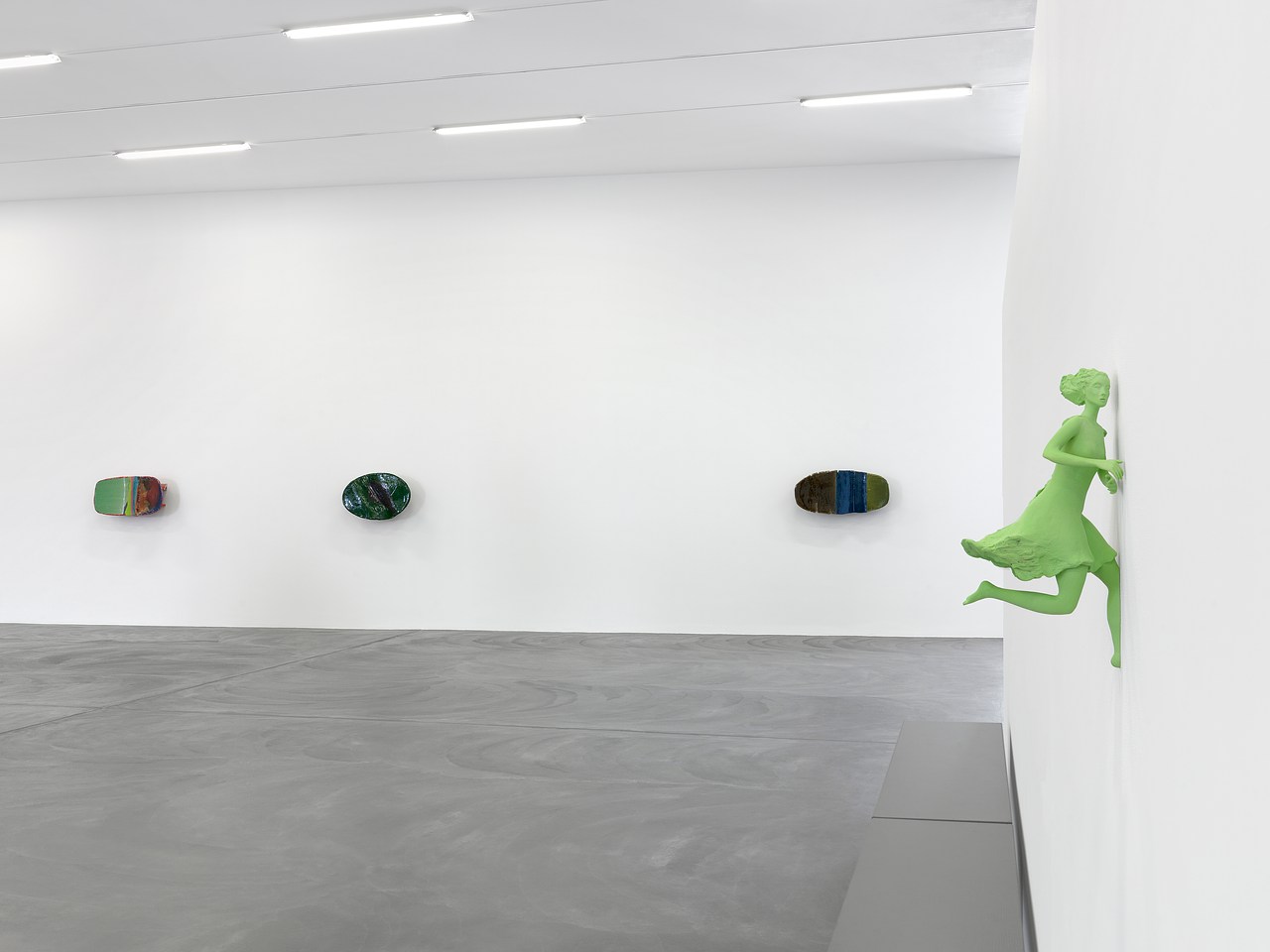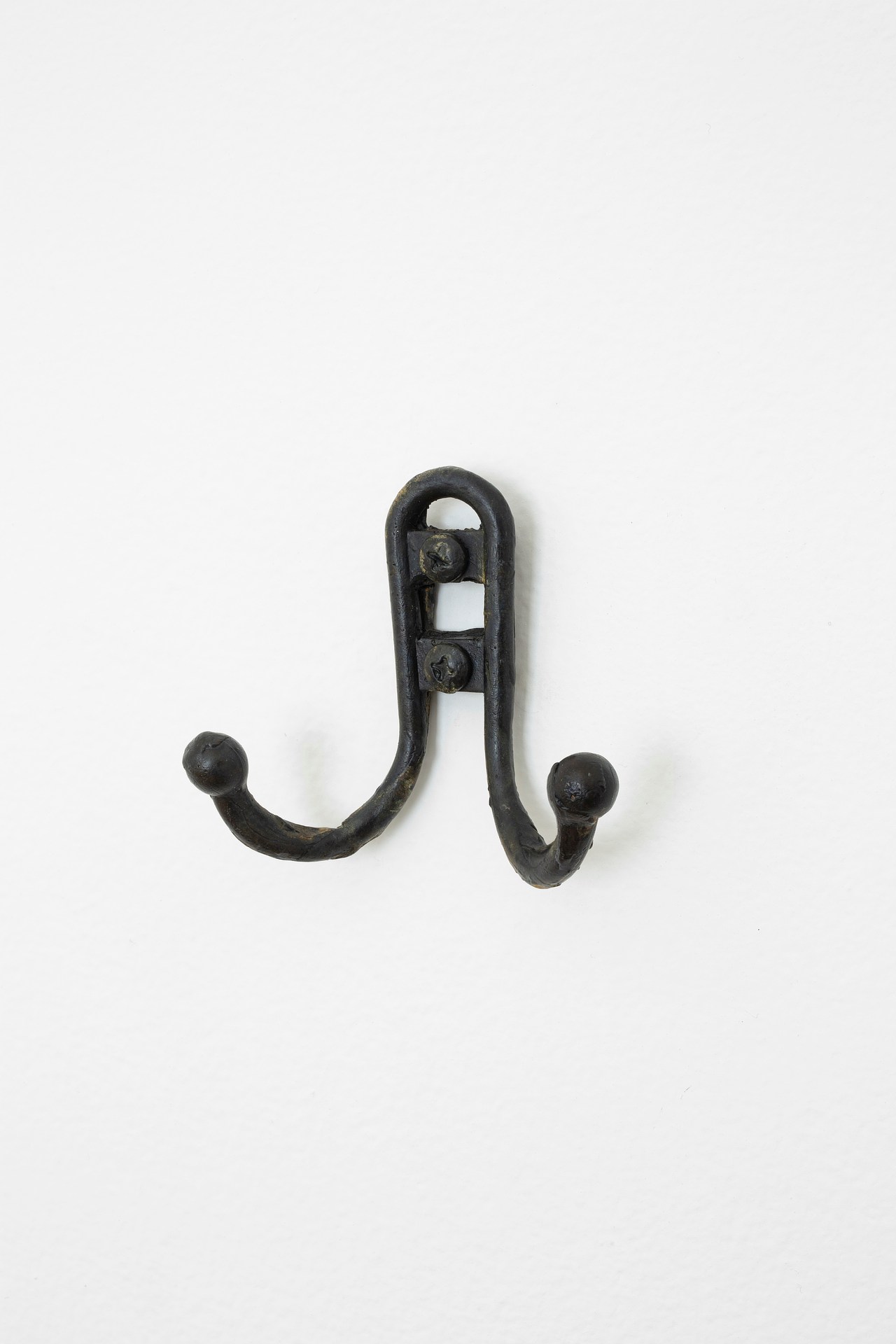Norwegian artist Ane Graff is becoming increasingly known for her works that consider the body’s internal world and the countless outside forces that might interrupt it.
In a new group of works presented by Oslo-based dealer OSL Contemporary at the 2022 Armory Show, Graff undertakes a close examination of materials found in household spaces and outdoor repositories. The works, all made this year, trace the ways in which such materials are capable of wreaking silent havoc on bodies and natural settings.
Situated in the booth, alongside four silk-printed paintings, is a series of Graff’s glass sculptures expanding on her 2021 work The Goblets (Chronic Fatigue, Brain Fog, Depression, Memory Loss, and Generalised Anxiety Disorder), each of which is named for various disorders related to mental ailments. In the installation, a group of crystal cups have been filled with vibrant concoctions that appear like the kind of poisonous matter found only in natural settings. Cased in glass bell jars and displayed on painted white tables like clinical experiments, these works draw on Graff’s research into the environmental factors that can have corrosive effects on a person’s mental states.
“It did take me quite a while of experimentation to come to a place where I could start to make visible how both the materials and our bodies become something new through their exposures through a mutual touch,” Graff told ARTnews. “For me, that’s what the goblets make visible—they are materials coming together creating new growths.”
The artist’s sleek aesthetic adds to the works’ dystopian tones. Each cup is filled with material pollutants linked to disease that are found in everyday materials, ranging from medications and cosmetics to food and road dust. Graff invokes feminist thinkers, considering the ways in which materials interact through various channels with the body’s functions. A core tenet of the relatively recent feminist “new materialist” thinking is that matter is multiple, without hierarchies, and that it moves between nature and culture, as well as bodies and environments.
Copyright
© Art News


